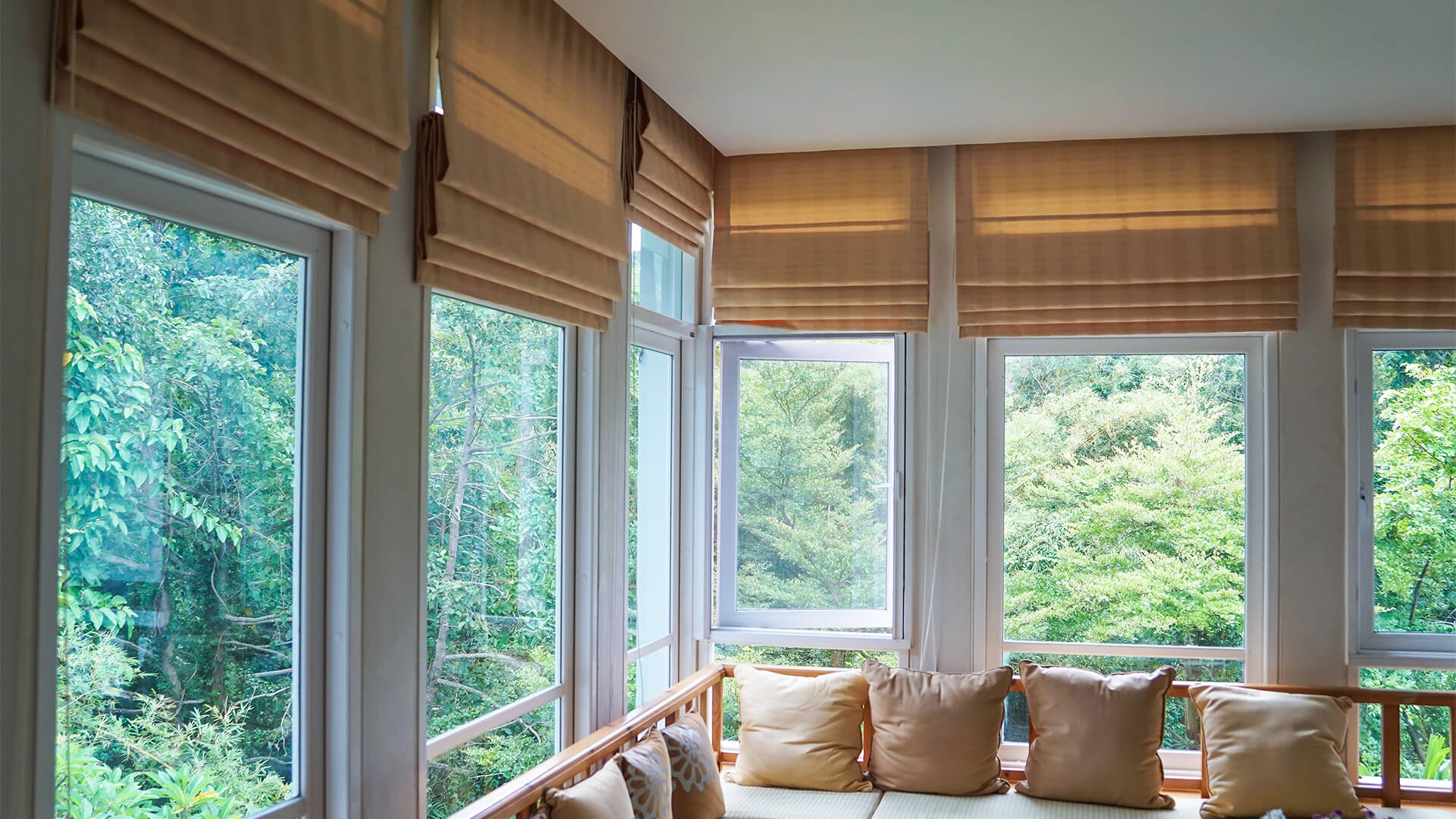Getting a property ready to go on market can be a hectic experience, in a short timescale you need to make sure the house is structurally sound, repair any issues around the property and then stage the home ready for viewings. When you’re staging a home for sale, you don’t have to worry too much, after all they’re buying the bricks and mortar, not the colour scheme; but if you’re renting your property, your staging is going to have a greater influence your properties value and viability to renters.
Renters often don’t have the ability to change the interior décor of a property too much, so design choices made for marketing the property are going to be a deciding factor for renters as they’ll be living with your design choices for the next few years.
With so much pressure on the staging and design of rental properties, it’s easy to go with design choices that favours style over functionality, which may be good for stirring up interest in the property, but not so good for the tenant once they’ve moved in. One such choice that’s often eschewed in favour of marketability is window blinds, such as those sold by Westral. Most landlords will deck out their property in identical blinds for the sake of time and style, but sometimes this isn’t the best choice for the long term.
For this article, we spoke the one of the UK’s leading online blinds retailers DotcomBlinds.com to find out, what should go where for window blinds, to help you make sure your choices for window shadings are both stylish and functional for tenants.
Roller Blinds
Let’s start off simple with the swiss army knife of blinds, the roller blind. Roller blinds can be used in any room of a house, so long as they’re made with the right materials. Fabric based roller blinds are perfect for living rooms or home offices; roller blinds with a plastic based material like PVC are better for bathrooms and kitchens as they’re waterproof and easy to clean when messy; and roller blinds made with a blackout fabric will be ideal for bedrooms, as they block out light pollution.
All in all – Roller blinds are extremely versatile, just make sure you’re using the right material for the room they’ll be used in.
Roman Blinds
Next up, we have one of the more stylish blinds, Roman blinds. Roman blinds are a classic style for blinds, but as they’re usually made from a fabric based material, they’re limited in their use around a house. Roman blinds will be perfect in living rooms and dining rooms and blackout Roman blinds will be ideal in a bedroom. But having Roman blinds in a bathroom or kitchen setting is a recipe for disaster as they pick up stains easily and can get mouldy in wet conditions.
Vertical Blinds
Vertical blinds often bring forth visions of working in a dreary office, but recently Vertical blinds have come into style in residential settings. Much like Roller blinds they’re available in different materials which make them work well in all rooms of the house, so long as you pick the right fabric. But where Vertical blinds are most useful is on wide windows, so vertical blinds are best used to cover patio doors and other large windows.
Day And Night Blinds
Day and Night blinds are relative newcomers in the blinds world, really coming into fashion over the past 5-10 years. These blinds are made of alternating strips of see through and opaque material, which is cassette, allowing you to line up the opaque sections to block out light or line up the see through sections to let light in. While stylish, they have limited functionality and are best used in living room settings, as they let in too much light for use in bedrooms and are vulnerable to damage from water or stains in bathrooms and kitchens.
Venetian Blinds
Finishing off the list we have Venetian blinds, another classic style of blinds dating back to the 1700s. Venetian blinds are quite versatile, like Roller blinds, due to the varieties of material you can use for their constructions, Venetian blinds are often made of real wood, plastic or metal. Because of this, they can fit in almost any setting, with wooden venetians working well in living rooms, metal Venetian blinds working well in kitchens and plastic Venetian blinds working in bathrooms. The only room not appropriate for these blinds is the bedroom as they still allow a level of light leakage.
Takeaway
Too often when we stage and decorate our properties, we value style or ease over functionality, while this may save some time in the lead up to marketing the property, over time this can cause issues around your property. Even with something as seemingly inconsequential as what blinds you use can come back to bite you.
Just make sure when you’re decorating your property, you asses your furnishings and design elements for how appropriate they are for each individual setting within a house, while it’s more work on the front end, this will keep costs lower in the long run as your furnishings will be more durable when used in the correct setting.
































